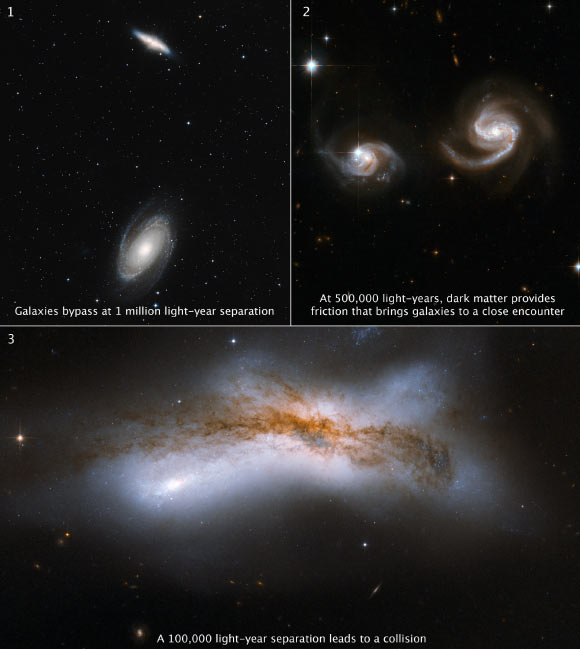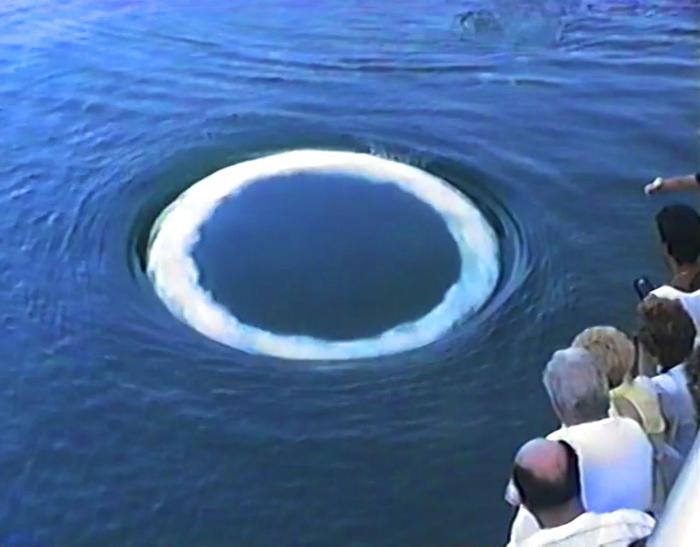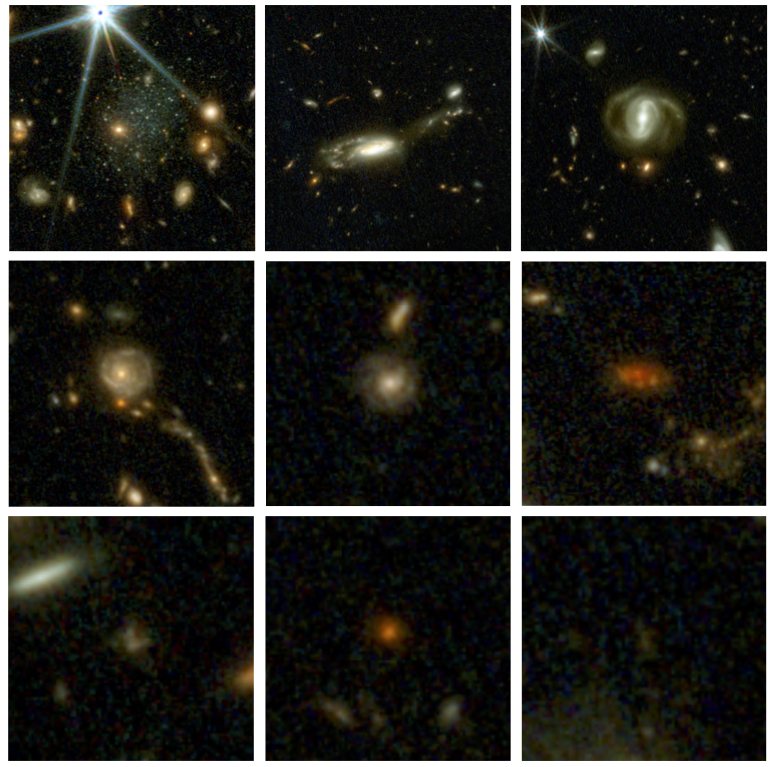It is commonly believed that our own Milky Way Galaxy is on a collision course with the neighboring Andromeda galaxy. As a result of their merger, predicted in around 5 billion years, the two large spiral galaxies would form a new elliptical galaxy. However, according to a new study, the likelihood of this catastrophic event may be smaller than previously thought.
These images illustrate three possible encounter scenarios between our Milky Way Galaxy and the neighboring Andromeda galaxy. Top left: Messier 81 and Messier 82. Top right: NGC 6786. Bottom: NGC 520. Image credit: NASA / ESA / STScI / DSS / Till Sawala, University of Helsinki / Joseph DePasquale, STScI.
The Milky Way is moving through the Universe and its path is influenced by the combined gravitational pulls of nearby galaxies, such as Andromeda, the Triangulum galaxy and the Large Magellanic Cloud.
As such, previous research has suggested for over a decade that the Milky Way has a high likelihood of colliding with Andromeda, forming a new elliptical galaxy dubbed Milkomeda, in approximately 5 billion years.
“We have the most comprehensive study of this problem today that actually folds in all the observational uncertainties,” said Dr. Till Sawala, an astronomer at the University of Helsinki.
In their new research, Dr. Sawala and colleagues simulated the Milky Way’s movement through the Universe over the next 10 billion years using updated data from ESA’s Gaia satellite and the NASA/ESA Hubble Space Telescope and revised estimates of the masses of local galaxies.
They found that there is an approximately 50% chance that there will be no Milky Way-Andromeda collision in that time period.
The authors suggest that including the gravitational pull of the Large Magellanic Cloud — a smaller galaxy orbiting the Milky Way — in the calculations, which was not considered in previous analyses, and accounting for uncertainties, could explain the reduced probability.
They also suggest that a Milky Way-Large Magellanic Cloud merger is almost certain within the next 2 billion years, before any potential collision with Andromeda.
“Even using the latest and most precise observational data available, the future of the Local Group of several dozen galaxies is uncertain,” Dr. Sawala said.
“Intriguingly, we find an almost equal probability for the widely publicized merger scenario, or, conversely, an alternative one where the Milky Way and Andromeda survive unscathed.”
The team’s results appear this week in the journal Nature Astronomy.
_____
T. Sawala et al. No certainty of a Milky Way-Andromeda collision. Nat Astron, published online June 2, 2025; doi: 10.1038/s41550-025-02563-1

























